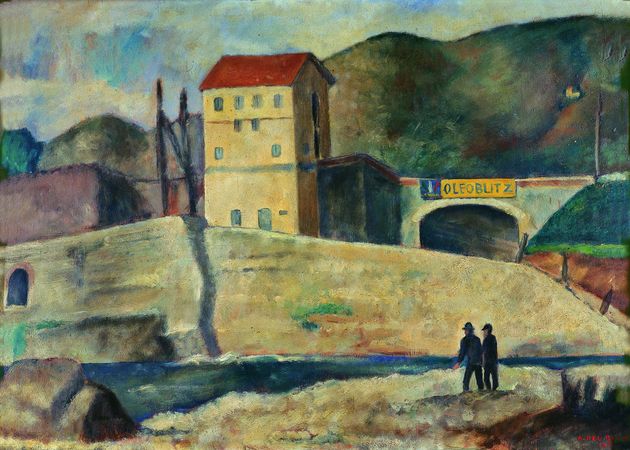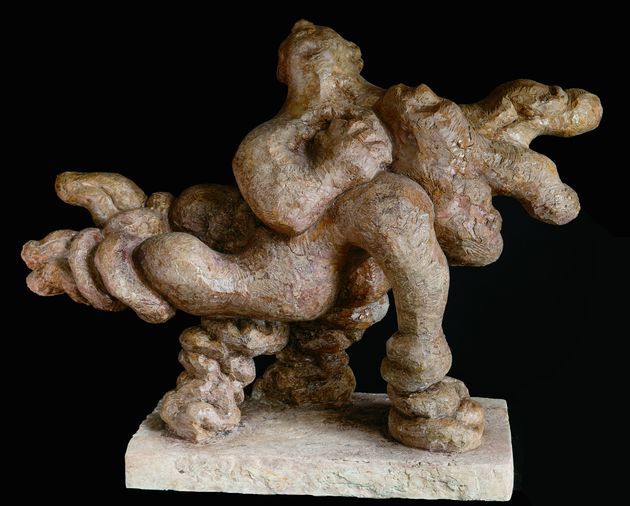Jacques Lipchitz’s artworks are on show in the major museums of the world, but in Italy it is the Palazzo Pretorio Museum which possesses the most significant body of his works.
The story of the donation began in 1974, a few months after the artist’s death, when his widow Yulla Lipchitz came to Prato with Henry Moore to attend the inauguration of his sculpture Square form with cut in Piazza San Marco. Yulla was greatly impressed by the interest in art shown by Prato and suggested the possibility of donating part of her husband’s plaster cast gallery to the town. This proposal became reality in 2011 thanks to the collector Giuliano Gori and the art historian Kosme de Baranano, who contributed to fostering relations between the municipal authorities and the Lipchitz Foundation in the person of Hanno D. Mott, Yulla’s son.
Among this anthological, comprehensive body of works which covers the sculptor’s whole career from the 1910s up to the 1970s, one of the most surprising works is the plaster cast Harlequin and Mandolin. This cubist sculpture clearly shows the influence of his colleagues Pablo Picasso, Georges Braques and Juan Gris in the transition from the discovery of primitive art to pure formal stylisation. The simplified anatomy of the Commedia dell’Arte character, whose typical costume we recognise in the rectangular hatching hinted at on one shoulder and one hip, merges with the contour of the mandolin which stands out in the central position, recalling another theme which is particularly dear to the artist – music, featured by him in numerous works.




























































